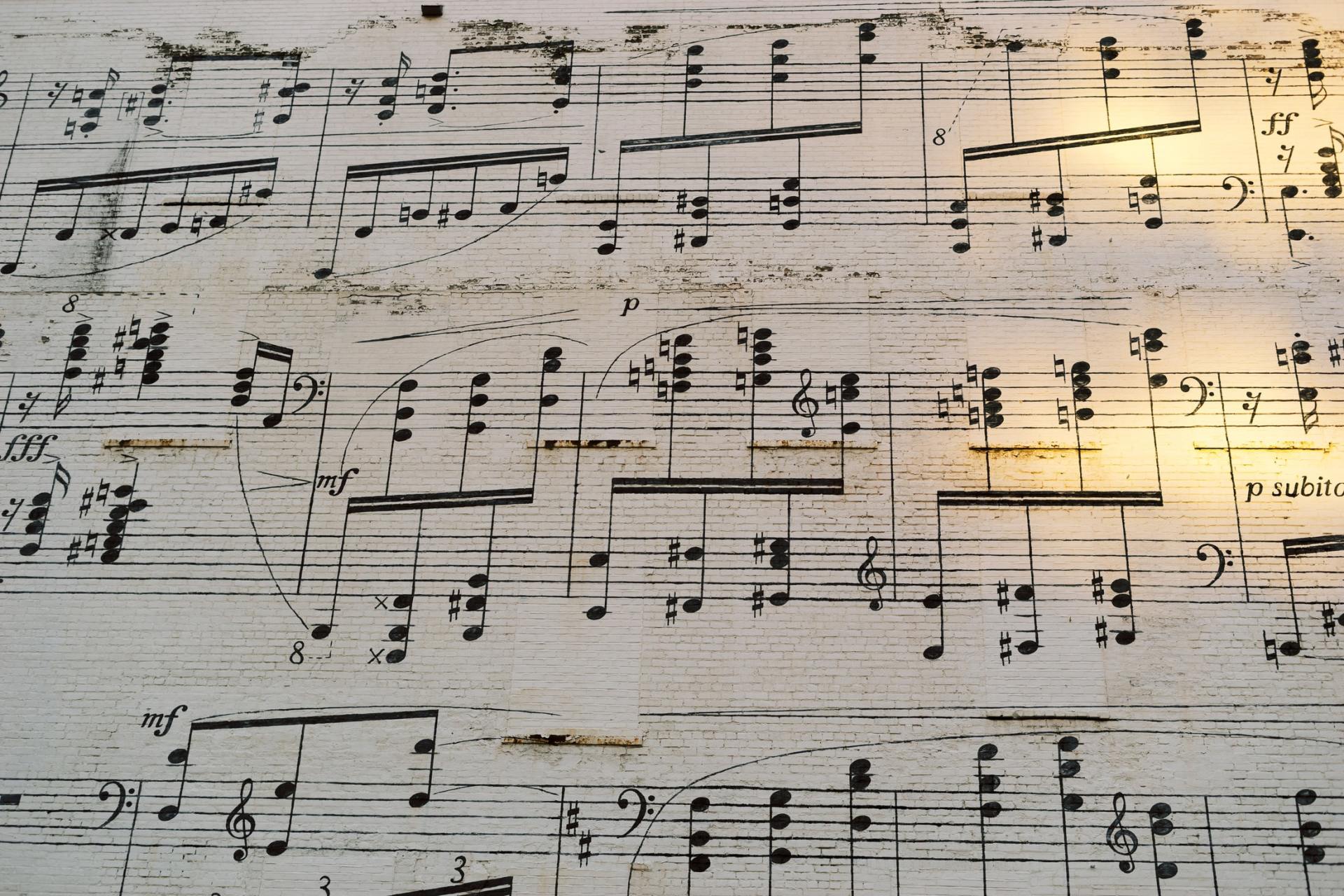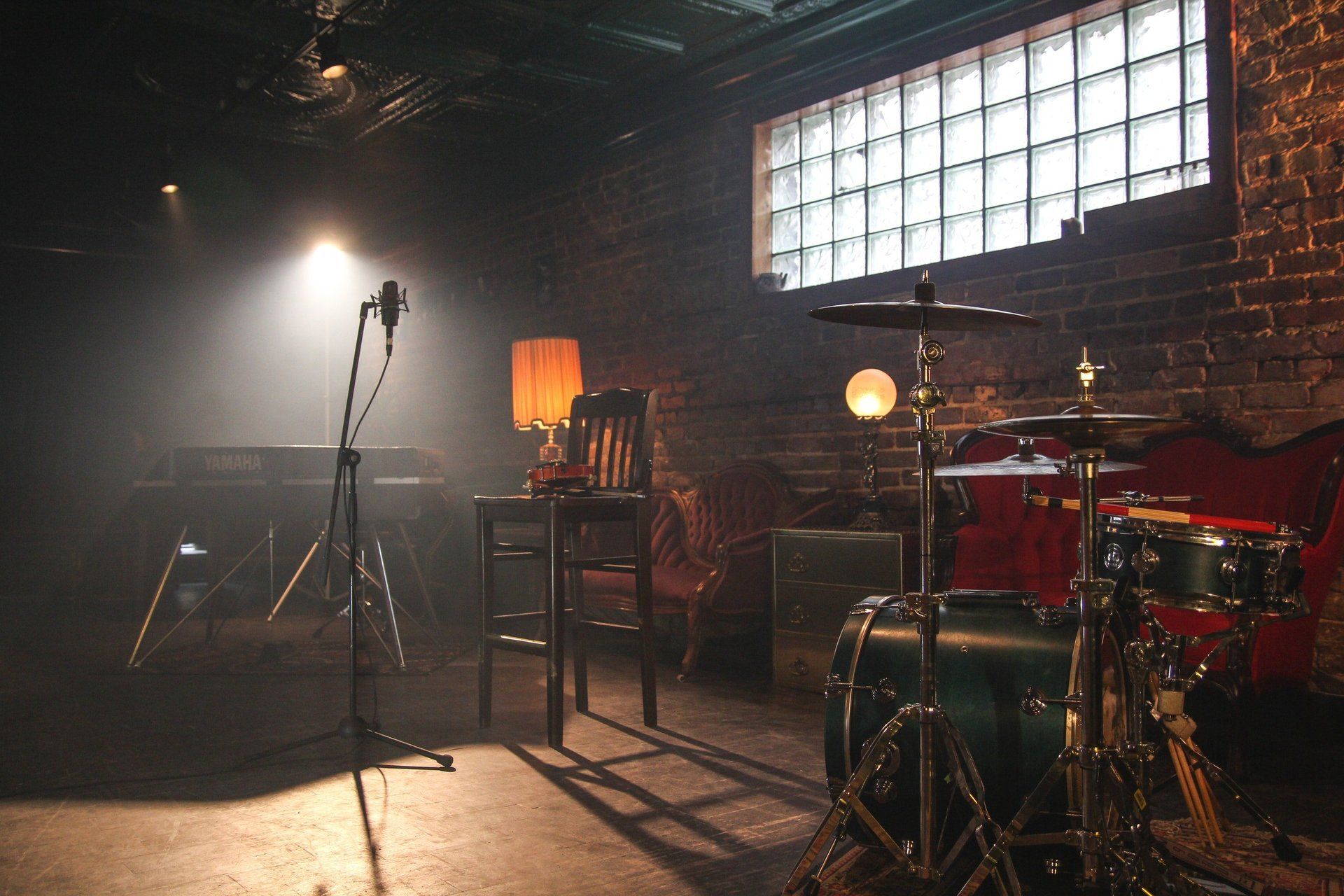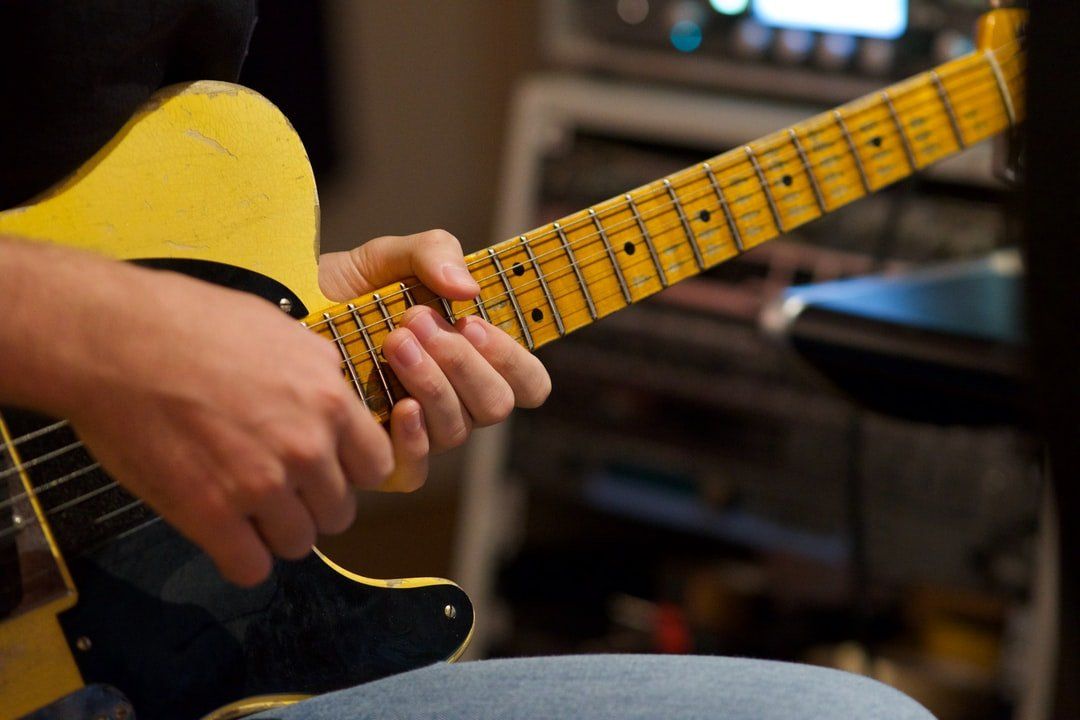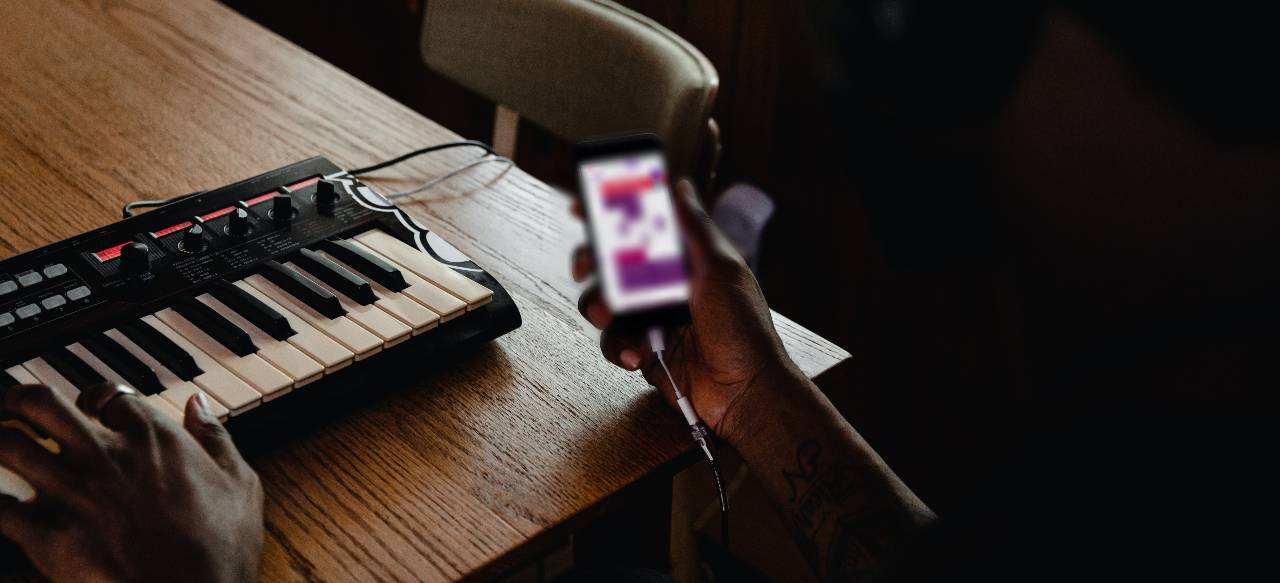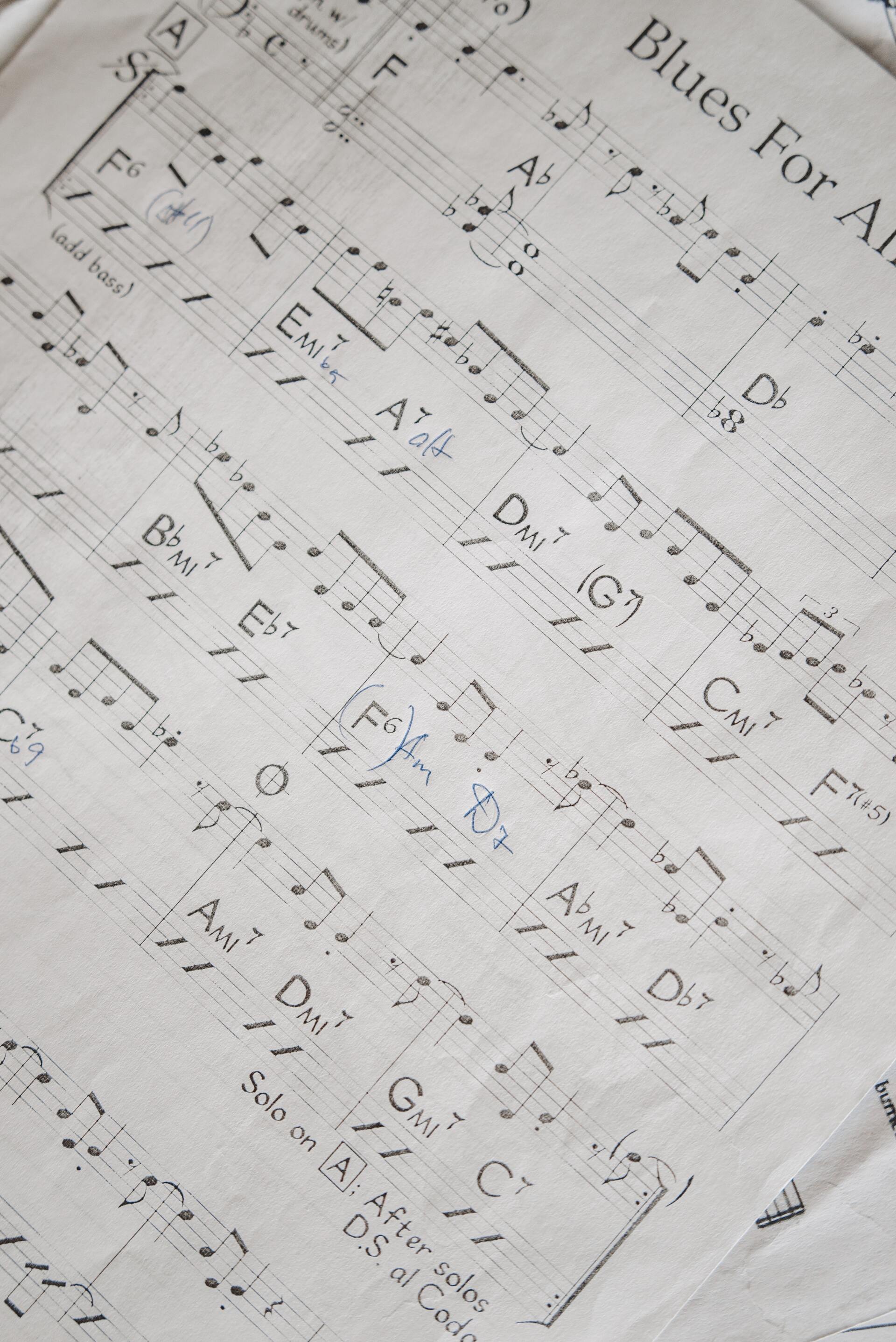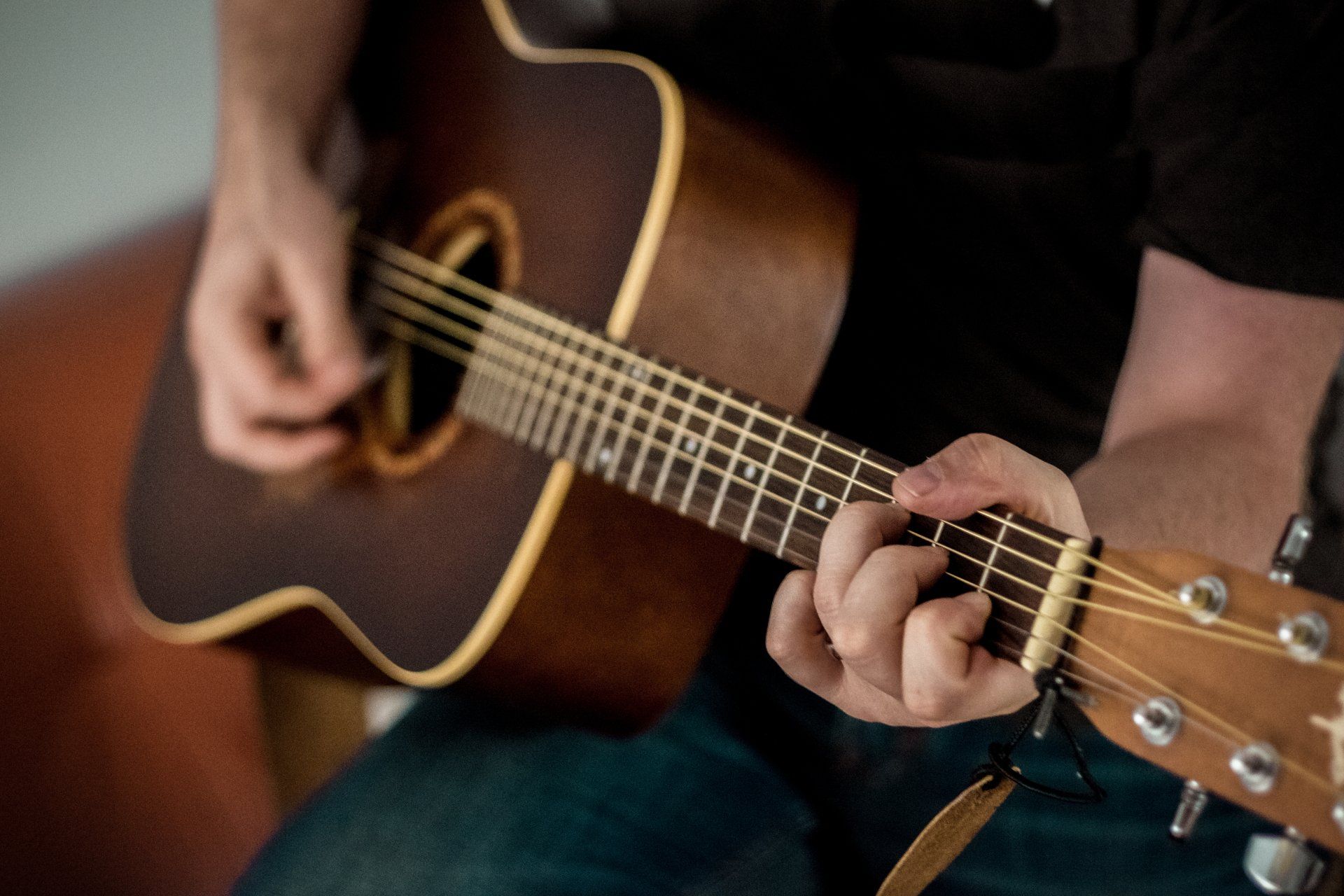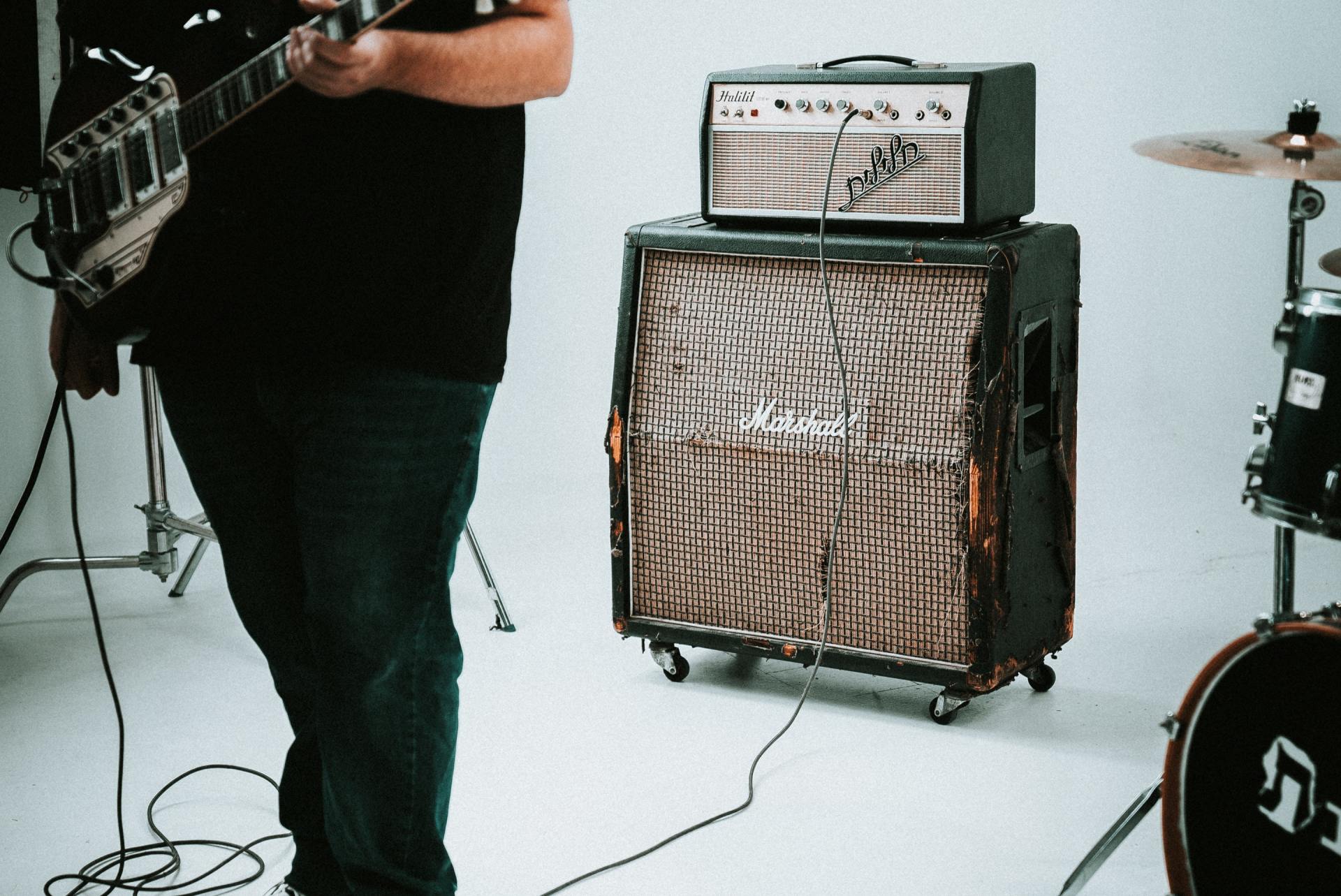Music Theory Crash Course: 3 - Scales
Scales
Scales are often given a hard time by budding musicians, they either struggle learning them or hate practicing! Well, the good news is that we can help you with both! We are going to simply take the 12 notes we have learned so far and put them together in different ways.
What Are Scales
As mentioned, when we put a series of intervals together, we get a musical scale. The most common we will run into is pentatonic (5 notes), hexatonic (6), and the heptatonic or 7 note scale. The latter is what we will be focusing on the most.
You have already learned a scale and that is simply playing all 12 notes in a row, which is the chromatic scale. It is fun to play at first, but quickly gets a little boring! Instead, we will focus on the diatonic scale, which is another name for the 7 note major scale or the Ionian mode.
Yes, here we are again with those music terms that can all mean the same but have slight differences! And yes, the word mode was added! Yikes! But in the key of C these are all the same names for these notes in this order.
C D E F G A B
The Major Scale
Now we have shown you can represent this major or diatonic scale in a few ways; there is the solfège shown above and the whole step and half step formula. A major scale formula is :
W-W-H-W-W-W-H
Look on your keyboard or instrument and start on C, using that formula you will get the exact notes as above. Some players like learning their scales this way, but it can get confusing fast, so it is often easier to just use the numbers.
The major scale is numbered
1 2 3 4 5 6 7
And don’t forget that despite using the easy key of C as an example these same formulas work in all keys!
If we start on D and use the formula :
| W | W | H | W | W | W | |||||||
|---|---|---|---|---|---|---|---|---|---|---|---|---|
| D | E | F# | G | A | B | C# |
And then one-half step more will bring us back to D! You can check every note/key. The major scales are the most important to remember because it is easy to work off them to build future scales.
Major Scale Degrees
Each number in the major scale formula 1 2 3 4 5 6 7 will also have a specific name and quality. These names will be more important later as we are building chords and progressions, but you can get an idea of what is to come based on your knowledge so far.
The tonic, subdominant, and dominant all have perfect qualities just like their intervals. They alone can be the backbone of songs. The supertonic, mediant, and submediant are all similar major and minor harmony additions. The 7th degree is known as the leading tone, and we will touch on that later.
Don’t let the scale degree names overwhelm you as it can all be the same info as below. And it works for every key, start D in the 1 position and place each note at its proper degree.
| 1 | 2 | 3 | 4 | 5 | 6 | 7 | 8 |
|---|---|---|---|---|---|---|---|
| C | D | E | F | G | A | B | C |
| D | E | F# | G | A | B | C# | D |
| Do | Re | Mi | Fa | So | La | Ti | Do |
These major or diatonic scales will be our home base when we start creating new scales, so it is important to know all 12 major scale keys. Luckily there is an easy reference to hang right up on your wall!
Circle of Fifths
The Circle of Fifths has all twelve keys of the diatonic scales; the key signature on the outside will always be the major scale of that key. Start on the root and go up the notes following the flats or sharps, and you will get the same result as the step or numeric formula. It is much faster than memorizing all the major scales.
It is called the Circle of Fifths because each note is a fifth away from the last. If we move backwards, it is in fourths! Since we are mostly working in tonal western music, all our basic scale and chord info can be quickly ascertained from this chart. You’re not expected to know it all right away, but as we build chords it will make more sense.
The inner circle is the relative minor of each major key, and it has the same key signature. So, C major and A minor will both have the same notes, just in a different order. There is plenty more on our Circle of Fifths to continue with, but for now we will move to our minor scale.
The Minor Scale
W-H-W-W-H-W-W or
1 2 b3 4 5 b6 b7
The C minor scale is C D Eb F G Ab Bb
By changing a few of our intervals to minors we now have a scale with the opposite effect! Before moving on, take a moment to play major and minor scales and contrast them. You can verify any of those two with the Circle of Fifths and it will check out!
If we want to find the A minor scale :
| W | H | W | W | H | W | |||||||
|---|---|---|---|---|---|---|---|---|---|---|---|---|
| A | B | C | D | E | F | G |
That is the good news about music theory, we have different formulas and ways to look at what our scales are. Soon you will see that this Circle is often all you need as we will be obtaining most of our scales from the major and minor!
Different Scale Formulas
Using a number system makes it rather easy to play new scales. We simply start with our major scale and apply the flats or sharps on the scale degrees necessary. That way you can pick a key (or root note) and immediately find the rest with the formula. Below are some other common scales you will run across. Right now, your major and minor are the most important, but playing new scales can be fun.
Pentatonic
This is the most common scale across the world, so common it seems to be in our very genetics and evolution. This is a great scale for new students as it has just 5 notes making it easy for melodies and solos. However, with so few notes we are limited on harmonies and complex sounds.
Major Pentatonic
1 2 3 5 6
Minor Pentatonic
1 b3 4 5 b7
Harmonic Minor
It is like the natural minor with a small change. Here the 7th degree is not flattened giving it a unique sound.
1 2 b3 4 5 b6 7
Melodic Minor
Also, like natural and harmonic, but more common than the latter is melodic minor. With just a flat 3rd degree it has more pleasing qualities leading to its popularity in pop music. It is normal to see one song mix these minor modes in different sections.
1 2 b3 4 5 6 7
Augmented Scale
This scale is hexatonic and is made up of two augmented triads.
1 b3 3 5 b6 7
Diminished Scale
And the diminished is an octatonic or eight note scale. Because of the intervals it is built on, this scale can be used across many diminished chords. We will explain further in the next section as we build chords.
1 2 b3 4 b5 b6 6 7
Blues Scale
The favorite scale of many musicians, and a hexatonic or six note scale. That chromatic movement of the b3 to 4 to #4 along with the flat 7th is what makes it so perfect for blues.
1 b3 4 #4 5 b7
Bebop Scale
There are a variety of bebop scales as they can often be a generalized term like “jazz scales.” But here we will show the major bebop scale which is octatonic or eight notes!
1 2 3 4 5 b6 6 7
When you investigate other bebop type scales you will see they are all chromatic alterations of the main scales you learn. Jazz musicians love their chromatic movements!
Whole Tone
The whole tone scale has six notes and a formula of W-W-W-W-W-W. Makes sense right! It’s all whole tones!
1 2 3 #4 #5 b7
Arabic
This scale goes by several middle eastern names and started gaining popularity in the expanding jazz and hard rock genres of the 60’s and 70’s. Now it’s common in heavy metal and progressive type fusion.
1 2 3 4 b5 b6 b7
Hungarian Minor
Another scale with many names, it is associated with Eastern European folk, the type of music the Addams Family may dance to!
1 2 b3 b5 5 b6 b7
As you learn your scales you will see repeated patterns with different names. But soon you will know how they sound before you even play them. Jazz and blues with its chromatic touch and the stranger exotic intervals will pop out right away.
Modes
Modes are simply different arrangements of the major scale. Normal C major is C D E F G A B. But what if we start on the second note and play D E F G A B C D? It’s the same scale, right? No!
The new ordered scale has different INTERVALS than the first. Play each one again and notice the different semitone steps, the second one has more minor intervals. It is known as Dorian mode, every note you can start on has a name.
Ionian
C D E F G A B
Dorian
D E F G A B C
Phrygian
E F G A B C D
Lydian
F G A B C D E
Mixolydian
G A B C D E F
Aeolian
A B C D E F G
Locrian
B C D E F G A
So, each mode above has the same notes, but each one also has their own unique feel. This will be shown by their intervals leading to specific formulas. (And yes, solfège can be used to determine the aural quality of each mode).
Ionian
This is our major scale of 1 2 3 4 5 6 7 and most songs you hear will often be in this mode.
Dorian
This formula is 1 2 b3 4 5 6 b7, by flattening our 3rd and 7th we get a minor feel but still not too sad. It was used in “Eleanor Rigby” and lots of funk songs.
Phrygian
This 1 b2 b3 4 5 b6 b7 gives us a very strange and exotic sound. Whenever you hear jazz or heavy metal attempting to be foreign sounding, this mode is likely.
Lydian
Here the 1 2 3 #4 5 6 7 has a raised 4th which gives a real dreamy or flying quality. This is a common theme for epic movies and cartoon intros.
Mixolydian
Here the 1 2 3 4 5 6 b7 is the perfect rock n roll scale. That flat 7th makes the scale bluesy and folksy. You can be sure the Grateful Dead loved this mode!
Aeolian
If you notice this 1 2 b3 4 5 b6 b7 is the same as the natural minor scale above. Usually, Aeolian mode is mixed with portions of harmonic and melodic minor mentioned in the other scales above.
Locrian
And this insanity of 1 b2 b3 4 b5 b6 b7 just makes Locrian quite unpopular! Ha! Its main chord is diminished, and it is just not a good scale to our ears. Most music that claims to be in Locrian is only partially in that mode because our songs we all love crave resolution.
One humorous way to remember your modes is with the subject of a breakup or lost love, as we all can relate.
- If you truly miss your lost love and are sad, write a song in Aeolian.
- If you are kind of sad, but also tired of their nonsense and ready to move on? Use Dorian.
- If you are too wasted and having a good time to care about lost love, use Mixolydian!
- If you are happy for the breakup and have a date lined up already, then use Ionian!
- If you wish to stalk or your now ex or get creepy use Phrygian. Ha!
- If you wish to write an epic film soundtrack based on your love, use Lydian.
- And finally, if you don’t care about your breakup or anyone else in the world… use Locrian!
And Even More Scales!
And there are a variety of slightly changed modal scales, where we take a common mode and flatten or raise a note or two. Some of these you may notice as the same scale formulas as above because they can have different names. But the same formula and intervals will give us the same scale.
Phrygian Dominant
If we take the b3 out of the Phrygian, we get the more common dominant scale.
1 b2 3 4 5 b6 b7
Lydian Dominant
And if we add a b7 to the Lydian scale above we get.
1 2 3 #4 5 6 b7
Super Locrian
Here change a few intervals on the Locrian.
1 b2 b3 3 #4 #5 b7
The Score on Scales and Modes
Modes are important to learn and great ways to start writing a song if you want a certain vibe, but as we showed above there are way more scales than just modes. And there are even more scales out there to look up.
When you practice these scales be sure to do more than just ascend and descend. Move around, try out different orders and rhythms. This is literally how some songwriters start writing, they take a scale and run with it. Plus, it is also the easiest way to build a solo in your song.
Don’t worry about memorization at first, post your Circle of Fifths and scale charts in your practice area. Many seasoned musicians use charts and formulas, it is more important to know how to use them, then to remember them all.
If you really want to dive far into the use of scales for melodies, there is always the Thesaurus of Scales and Melodic Patterns. It was written by the famous composer Nicolas Slonimsky, and it has inspired many musicians. Coltrane is said to have carried a copy of it often and Frank Zappa used it too.
The book is so old it can be found free online and if you are new to music just looking at it can be anxiety inducing. It’s a lot of info, but now that you know more about intervals and scales you now can pick one and explore it. It’s just up to 12 potential notes in different orders, that’s all, no reason to be anxious or confused.
We built our notes into intervals, those into scales, and now the next step is to start building chords. You will be using the same principles and ideas so far, hopefully chords will be much easier now!
